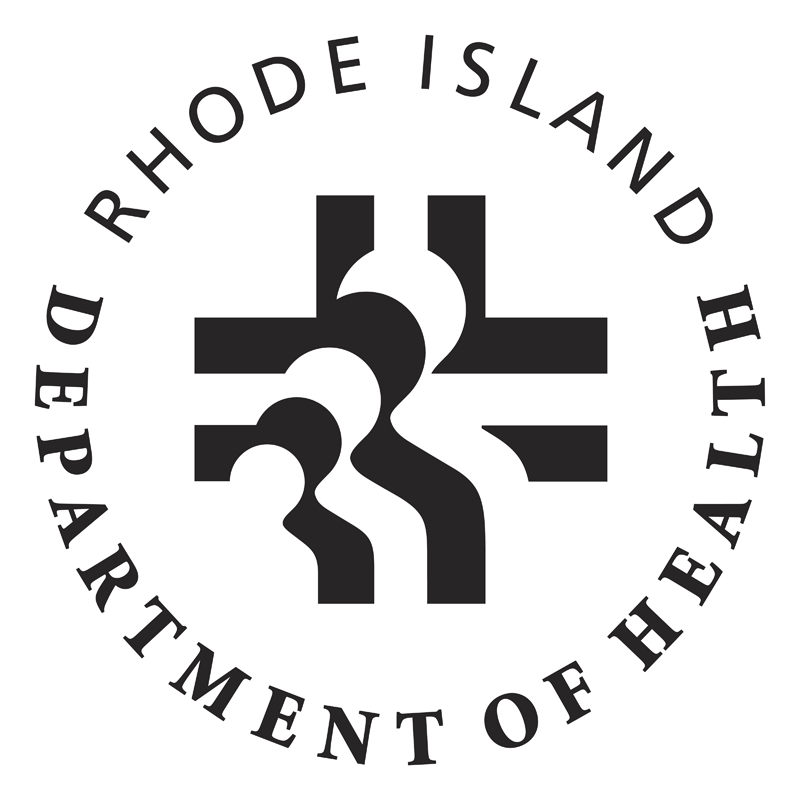 Rhode Island Department of Health
Rhode Island Department of HealthState of Rhode Island
Department of Health
 Rhode Island Department of Health
Rhode Island Department of HealthState of Rhode Island
Department of Health
People who live in unhealthy places are more likely to experience poor health outcomes including higher rates of obesity, chronic diseases, infant deaths and low birth weight babies.
The health of a community is complex. It is effected by the socio-demographic markup of its people, environmental risk factors and resources in the community that keep it's people well. The systematic study of health data about a community by a community is called a health assessment. The Centers for Disease Control and Prevention can get you started on how to do a health assessment and plan to improve the health of your community.
Cities and towns all have documents that were developed with a broad public participation process that describe the community and set out actions for municipal improvments. The "Comp Plans" are updated every ten years and is a powerful tool to set the stage for healthy policies and practices. Compare your Comprehensive Plan to the recommendations in the Rhode Island Department of Health’s Healthy Communities Plan. Identify where you can strengthen goals, objectives, policies, strategies, and implementation plans in your Comprehensive Plan.
A community's physical environment, can support healthy behaviors or limit healthy choices. The YMCA Community Health Living Index (CHLI) provides tools to assess the built environment of a community, such as the design of streets and parks or access to farmers' markets. Use walking and biking environment audits to assess your community’s walk- and bike-ability. The Center for Disease Control and Prevention (CDC)’s food retail resource will help you identify existing data and more tools to assess the food situation in your community.
Once you have worked with residents and other key stakeholders to prioritize the needs and assets of your community, identify strategies and activities to create a healthier environment.
After completing your assessment and exploring existing data, you begin to develop an Action Plan. Your Action Plan should include all the steps necessary to address the action priorities identified through your assessment. Use a work plan template to develop and organize the goals, objectives, action steps, timeframe, and evaluation indicators for your Action Plan.
Look at your plan and identify who else’s support you may need and what barriers may stand in your community's way.
Continuously evaluating your efforts will help you monitor progress, stay on track, identify problems early, and give you the data you need to build a case for support and funding. Evaluation will also help you document your project path so you can replicate or modify your process when needed. Evaluation findings can be used to make decisions about program implementation, to improve program effectiveness, and to share best practices and lessons learned with other communities.